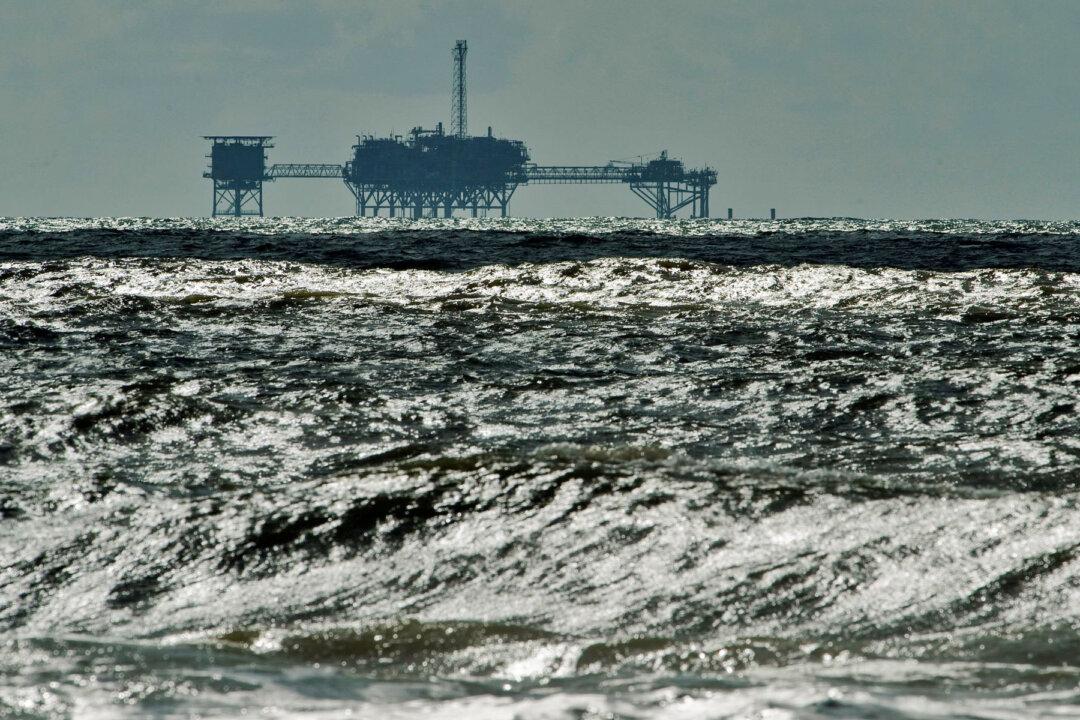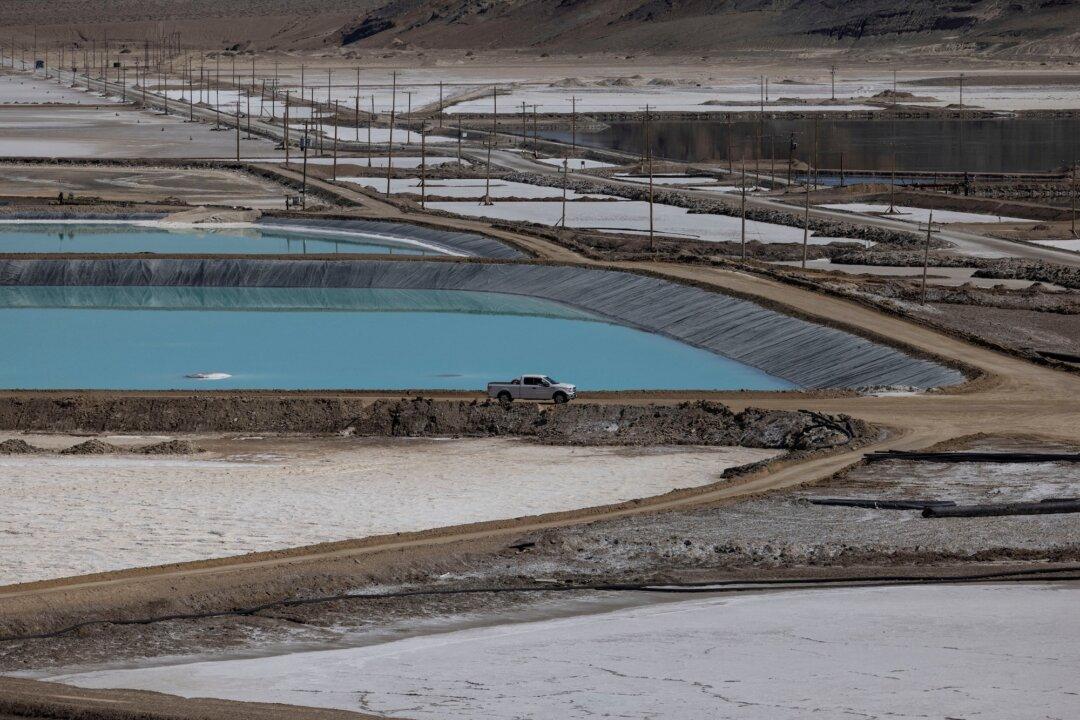The Trump administration is laying the groundwork for a major expansion of offshore oil and gas development, announcing the start of a new five-year leasing plan that could open vast new areas—including parts of the Arctic and other previously restricted zones—for energy production.
The program will guide future drilling auctions in federal waters. Notably, a new “High Arctic” planning area off Alaska has been added to the federal offshore leasing map for the first time. The boundaries of other coastal zones are also being revised—potentially clearing the way for oil and gas companies to tap into new reserves along the Atlantic, Pacific, and Arctic coasts.
“Under President Donald J. Trump’s leadership, we are unlocking the full potential of our offshore resources to benefit the American people for generations to come,” Interior Secretary Doug Burgum said in a statement. Launching the process to develop the new program marks a “decisive” step toward ensuring American energy dominance, he added.
“America is blessed with an abundance of energy and natural resources that have historically powered our nation’s economic prosperity,” Trump wrote the directive. “In recent years, burdensome and ideologically motivated regulations have impeded the development of these resources, limited the generation of reliable and affordable electricity, reduced job creation, and inflicted high energy costs upon our citizens.”
In initiating the new offshore lease plan, the Interior Department has not yet announced any specific lease sales. The agency said that the new planning areas signal the Trump administration’s intent to broaden drilling opportunities beyond the Gulf of America, which currently accounts for the bulk of federal offshore production.
Offshore oil and gas leases generated approximately 14 percent of U.S. crude oil output in 2024, according to the Interior Department. In fiscal year 2024, those leases yielded more than $7 billion in federal revenue.
The new program will ultimately replace the current 2024–2029 leasing schedule, which includes just three sales in the Gulf of America. Those sales will proceed as planned, Interior officials confirmed.
Next week, the Bureau of Ocean Energy Management (BOEM) will begin a 45-day public comment period on the new program as part of the required multi-year planning process. Stakeholders are invited to weigh in on potential leasing areas, environmental concerns, and existing ocean uses such as fishing and recreation.
“Through a transparent and inclusive public engagement process, we are reinforcing our commitment to responsible offshore energy development—driving job creation, bolstering economic growth and strengthening American energy independence,” Burgum said.
There was no immediate reaction from environmental groups to the Interior Department’s announcement.
BOEM currently manages 2,227 active oil and gas leases covering around 12.1 million acres in OCS regions, with 469 of these leases currently producing oil and gas.







